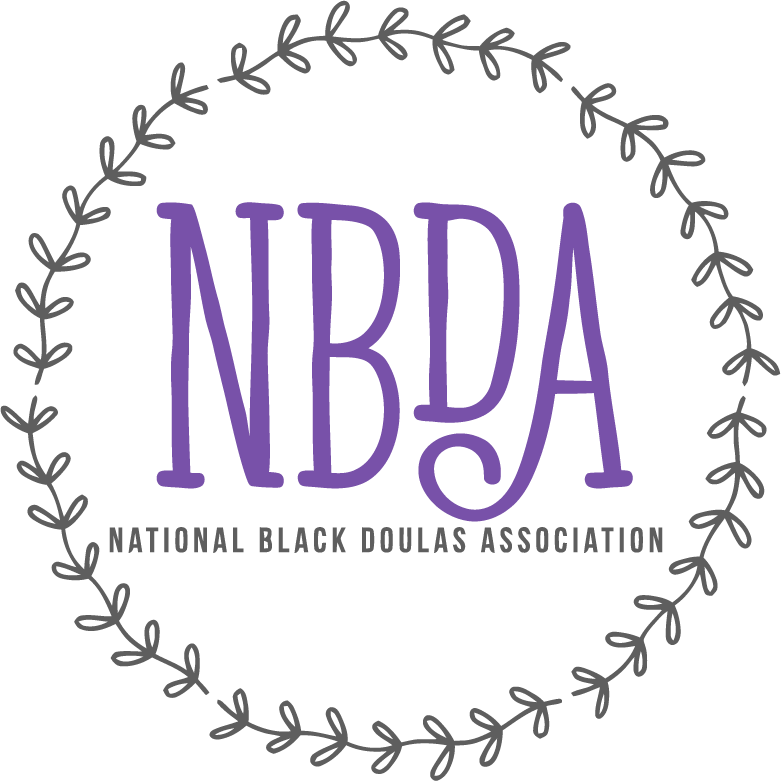Chicken, Miso, & Tortilla Soup for the Soul: Cultural Competency
It is a safe assumption that everyone reading this blog has been sick at some point. It would be safe to assume that when you were sick, it was a beloved family member who nursed you back to health. I can remember my grandmother whipping up what I lovingly called her witch’s brew when my brothers and I were sick with a cold. The truth is, it was really just soup; but at that time it was her magic cure to make me better. I trusted her various concoctions and potions to bring me back to health and it did-Every. Single. Time.
Each one of us has a similar experience regardless of our social class, race, ethnicity or religion. Those factors are what shape our beliefs and expectations of the health providers we see in formal settings. They are also a major factor in misunderstandings and miscommunication between health providers and the patients they care for. As our cities become increasingly diverse it is of paramount importance that health providers and their staff are culturally competent. The Office of Minority Health defines cultural and linguistic competence as a set of congruent behaviors, attitudes, and policies that come together in a system, agency, or among professionals that enables effective work in cross-cultural situations. How do health facilities and their providers achieve cultural competence? We can find the remedy in a good old-fashioned bowl of soup.
Three words: Trust. Warmth. Access
TRUST is established when patients receive care that is free of stigma, bias, and stereotypes. Patients need to know they will receive appropriate and equal health care regardless of their race, socioeconomic status, or education level. When they trust their providers they are more likely to follow care plans that lead to favorable health outcomes. Studies show that patients perceive equal quality of healthcare when their health providers demonstrate an understanding of their cultural background, language, and socioeconomic status. When providers are not able to demonstrate that understanding, patients are likely to report perception of physician bias and lack of cultural competence. To establish trust, health care providers must be honest with themselves about biases and stereotypes they may hold regarding various patient demographics. Once they are honest about those biases they must then make the effort to understand and
respond effectively to the cultural and linguistic needs brought by patients to the health care encounter.
WARMTH in the context of cultural competence, is the feeling of belonging. Patients want to have a sense that they belong in the environment they enter. They do not want to be treated as outsiders or as someone for which special provisions must be made. In general, patient- centered care emphasizes respecting patients' values and needs, patient empowerment, comfort and support, and a welcoming environment. When taking cultural competence into account, warmth would include respecting patient values and needs that may differ from the general population. This looks like including the patient in the decision-making process without regard to cultural/linguistic barriers. Warmth also looks like an environment inclusive of their background (staff who reflects the community served, magazines that cater to their demographic, art that is reflective of differing cultures, etc.).
ACCESS takes us back to grandma's soup-how easy it was for us to get grandma's soup? Did grandma have access to the key ingredients? The National Institute of Health tells us that the services available must be relevant and effective if the population is to 'gain access to satisfactory health outcomes'. The availability of services, and barriers to access, have to be considered in the context of the differing perspectives, health needs and material and cultural settings of diverse groups in society. Basically saying, it is not enough to have an open door if your services do not consider the differences of the population you serve. I invite you to also consider the access that health providers have to resources and services which their patient populations will need outside of the medical office. Does the provider have access to adequate translation services, mental health professionals of varying races/ethnicity to refer patients to, or to community resources? Not only should health professionals ensure that their own services are accessible to patients, but also need to ensure they, the health professionals themselves, have access to various resources that will serve their patients’ diverse needs.
People are vulnerable when sick or injured. Vulnerability multiplies when there are cultural barriers to overcome. People want care they can trust, feels warm, and is easily accessible. They want care that includes all the ways they show up in this world, care that resembles and feels like the home remedies we all grew up with. I challenge health professionals to offer their service in the spirit of a simple feel-good home remedy like grandma used to make. A marriage of ancient wisdom and modern day health care for a holistic and culturally competent approach.
Anya is a nurse, teacher, and doula located in Houston. She is passionate about helping women make the best health choices for themselves and their families. She does this by offering doula services locally in Houston, and virtual doula services for those outside of Houston. When Anya is not working she enjoys spending time with her sons, exploring Houston, and travelling solo. Read more from her blog DoulaCircle: BlogTalk.


